Winter can be a difficult season for production. The cold weather takes its toll on normal working temperatures in the workshops, and the materials you're working with need extra care to prevent damage. Such is the case with aracite, wood's favorite adhesive. AracețiiPVA (polyvinyl acetate or polyvinyl acetate) adhesives, i.e. PVA (polyvinyl acetate or polyvinyl acetate), are aqueous dispersions and temperature drops can affect the quality of the bond, even to the point of total compromise of the adhesive when the temperature drops below 0°C. This being a real problem, manufacturers of such adhesives have continuously tried to find solutions to improve their behavior at low temperatures. This has given rise to special adhesives for the cold season, such as TISZABOND D3 IARNA distributed by Szolvegy, Târgu Mureș. How can it help you increase productivity and reduce waste? Here are just some of the answers.
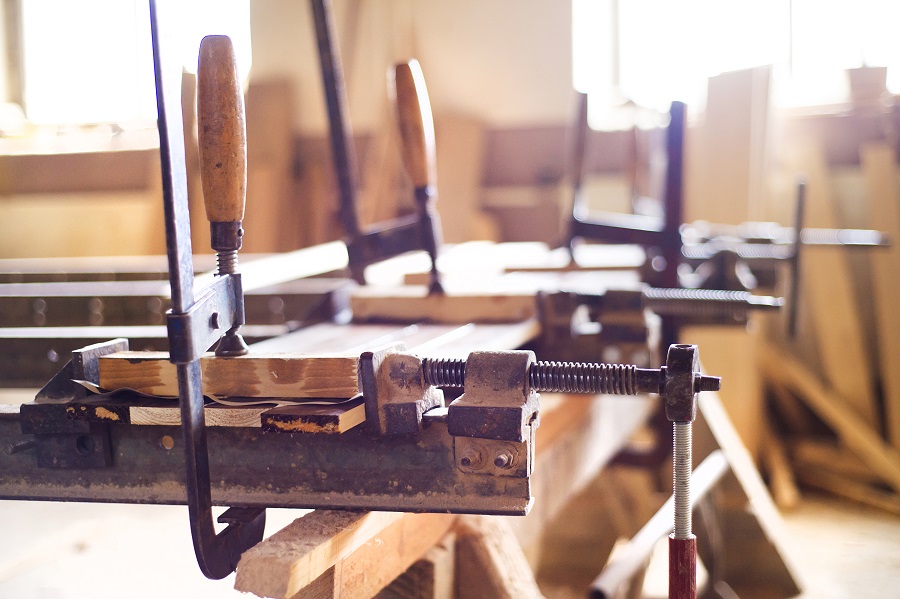
Low holding temperature eliminates some of the downtime
Every adhesive has a temperature limit below which it cannot work. This is called minimum film forming temperature (TMFP) and is the threshold below which the adhesive no longer makes a continuous film on the wood. After drying, instead of a continuous, transparent glue line with adhesion to both surfaces, a white, tack-free, powdery layer will appear, which peels away from the wood. The temperature at which this occurs is called bleaching point and regular PVA adhesives is around 5°C. TISZABOND D3 IARNA this temperature is 0°C.
In the bonding process, in addition to the temperature of the adhesive, the following are important ambient and wood temperature. Wood to be glued is often stored in unheated rooms. If ordinary adhesives are used, the wood must be brought into the workshop in advance and allowed to reach a temperature that will not affect the bond. Using the special winter adhesive this time is eliminated and bonding can be done immediately, even if the wood is very cold. That is why the glue can also be used in construction, where winter conditions are quite harsh. With the special glue the wood can be glued even if it has been in a totally unheated room.
Using an adhesive that is capable of making safe and very high quality bonds at low temperatures saves effective working time and thus increases productivity. Working time will be used more efficiently and results will be visible at the end of each day.
The adhesive's frost resistance reduces wastage and waste
Ordinary plows cannot be used if they have frozen. Even if it looks normal after thawing, the bond will not be strong. There are spots on the glue line where the adhesive turns to dust after drying, which become vulnerable spots that will crack at the first pressure. It is very risky to use, so if there is any suspicion that the adhesive has frozen, it should be discarded. This leads to losses and waste disposal problems.
TISZABOND D3 IARNA can also be used if the storage and transportation conditions have not been particularly good and the adhesive has frozen. Even if the temperature reaches -20°C the qualities of the adhesive are not affected. Its viscosity may increase slightly after thawing, but it will return to normal after stirring. The adhesive retains its qualities even after 3-4 such freeze-thaw cycles. However, this property should not be abused, because at some point the process will become irreversible and even if the adhesive is shaken very vigorously after thawing, its viscosity will not return to normal.
This property is very useful for those working in areas where winters are very cold. Basically, the glue was created for such a user located in Miercurea Ciuc, a city recognized for its record winter temperatures. On very frosty days, when the temperature drops below -20°C, simply unloading the glue was a problem. Very low temperatures also sometimes made it very difficult to achieve favorable conditions in the storage rooms and even in the work areas. With the new adhesive these problems were overcome and adhesive losses were considerably reduced.
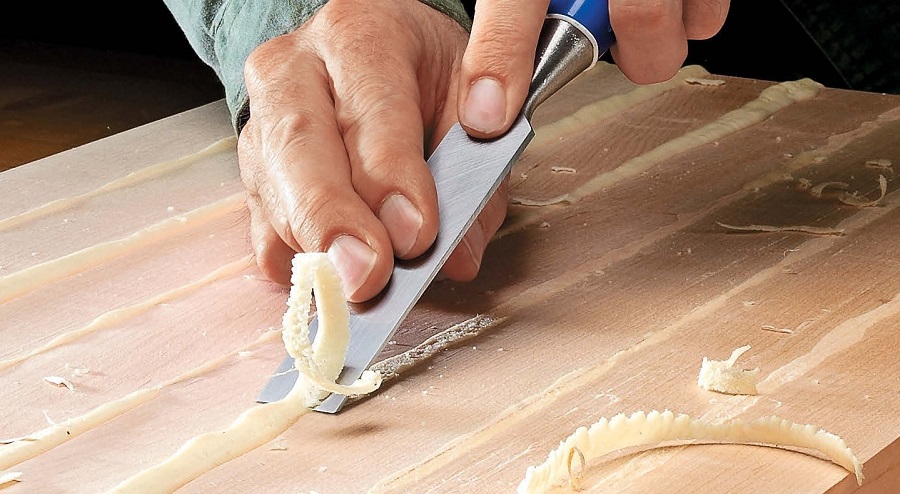
The elasticity of the adhesive protects the blades of calibrating and sanding machines
Another property that helps to reduce wastage and production costs is the elasticity of winter adhesive. A large amount of such adhesive is consumed to obtain glued solid wood panels. As a result of the pressure exerted on the strips of lumber, the excess glue comes out on both sides of the panel, hardening on the surface. At the end of the process, the panels are calibrated and sanded to get flat surfaces and remove the hardened adhesive.
TISZABOND D3 IARNA forms an elastic, soft film by curing. This puts up much less resistance when the panel is calibrated and so the blades of the calibrating machine are less damaged, prolonging their life. Also, debris is easier to remove, resulting in much better quality panels.
Szolvegy's special winter adhesive helps eliminate some of the problems this winter and can make your work simpler and easier. In addition, it is a D3 adhesive that can be used both for bonding products in high-humidity indoor environments (bathrooms, kitchens) and outdoor products in a moderate climate. It can be used in the manufacture of joinery as well as for structures in which at least one of the glued elements is made of wood or wood-derived panels (stairs, doors, windows).

























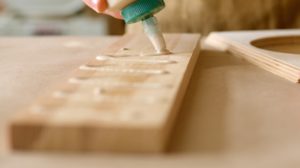


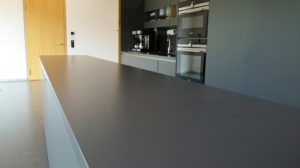

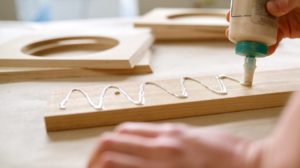
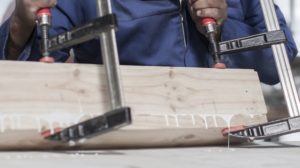
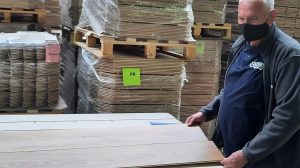



Add comment